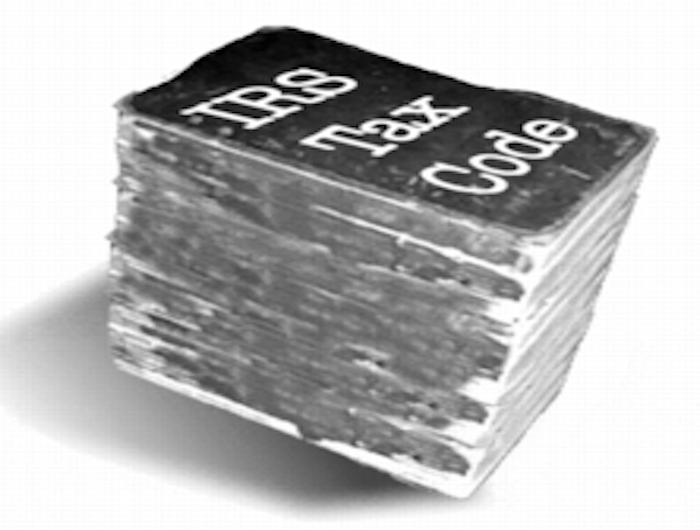By Nancy Geary, Partner at ECS Financial
Tax season is behind us, but it’s never too early for businesses to plan for the future. One of the more recent changes that Congress has made to the tax code involves the accounting rules that apply to the first-year bonus depreciation of business equipment.
This was part of a package of tax extensions that include the ultimate phase-out of bonus depreciation over the next three years. This means that businesses can deduct 50% of their equipment costs up front for 2016 and 2017. Then, the bonus depreciation deduction will drop to 40% in 2018 and 30% in 2019.
After that? It’s gone.
Businesses that don’t plan wisely for the phase-out of this deduction could be setting themselves up for unexpected tax liabilities as the benefit expires. The time for executives to act is now.
The obvious piece here is that businesses won’t have the tax-saving benefits of bonus depreciation on newly acquired assets in 2020 and beyond. The ‘less obvious’ piece is that that there will be smaller ongoing depreciation deductions available for assets which had used bonus depreciation in prior years. These are deductions that are taken over multiple years for the same assets. This double hit could be large enough to cause tax liabilities that, if not properly planned for, could be damaging—potentially even fatal—to businesses without excess cash reserves.
How will this impact your business? Here are 4 questions CEOs should be asking their CFOs right now to prepare for this new reality.
1. What will this mean for the bottom line? It depends on your specific business and how you have been treating equipment depreciation in the past. Resource-heavy businesses such as heavy equipment leasing firms or trucking companies will likely see more of an impact than white-collar businesses, simply because they have more physical equipment on their books and bonus depreciation has likely been more of a significant tax savings for them. CEOs need to know just how much the current bonus depreciation structure has been impacting their own bottom line in recent years to fully understand what the phase-out will mean for them.
It is also important to note that bonus depreciation has always been optional, so businesses can choose to forgo bonus depreciation if they so desire. If this has been the case at your business, the bottom line impact of the phase-out will likely be minimal.
2. What business equipment does this cover? Qualified assets under the terms of this deduction include certain types of computer software, real estate, and any new tangible property with a recovery period of 20 years or less. This means office furniture, on-site equipment and other physical assets. Only new equipment qualifies for the bonus depreciation deduction.
Further, qualified improvement property—including improvements that are made to building interiors, for example—can also be taken into account for bonus depreciation.
3. How can we prepare for this? Look at your federal income tax returns. Summarize all of the assets your business now holds that qualify for bonus depreciation and find out just how much the deduction has been helping your bottom line. That’s the point that you want to get back to when looking for ways to make up for the soon-to-be-lost savings.
4. Are there any alternatives? It’s time to talk about Section 179 of the tax code. While the current bonus depreciation structure allows for an immediate 50% deduction on new equipment, the Section 179 election is an alternative that allows companies to take all of their depreciation deductions at once, up to 100% of their overall cost, but with some significant limits. This deduction is available for both new and used equipment and can be applied on an asset-by-asset basis, rather than everything in an asset classification, as long as the business stays below some set purchase limits. As such, this may not be the solution for all businesses, particularly those in more heavy-equipment industries with high-value assets.
For CEOs, planning ahead for this phase out can mean anything from accelerating your capital expenditures to setting aside a cash reserve, to using the deductions less liberally in the coming years, depending on the needs of your business.
The options are not one size fits all, but it’s important to get started today so you aren’t blindsided in a few years.
Nancy Geary is a Partner at ECS Financial

